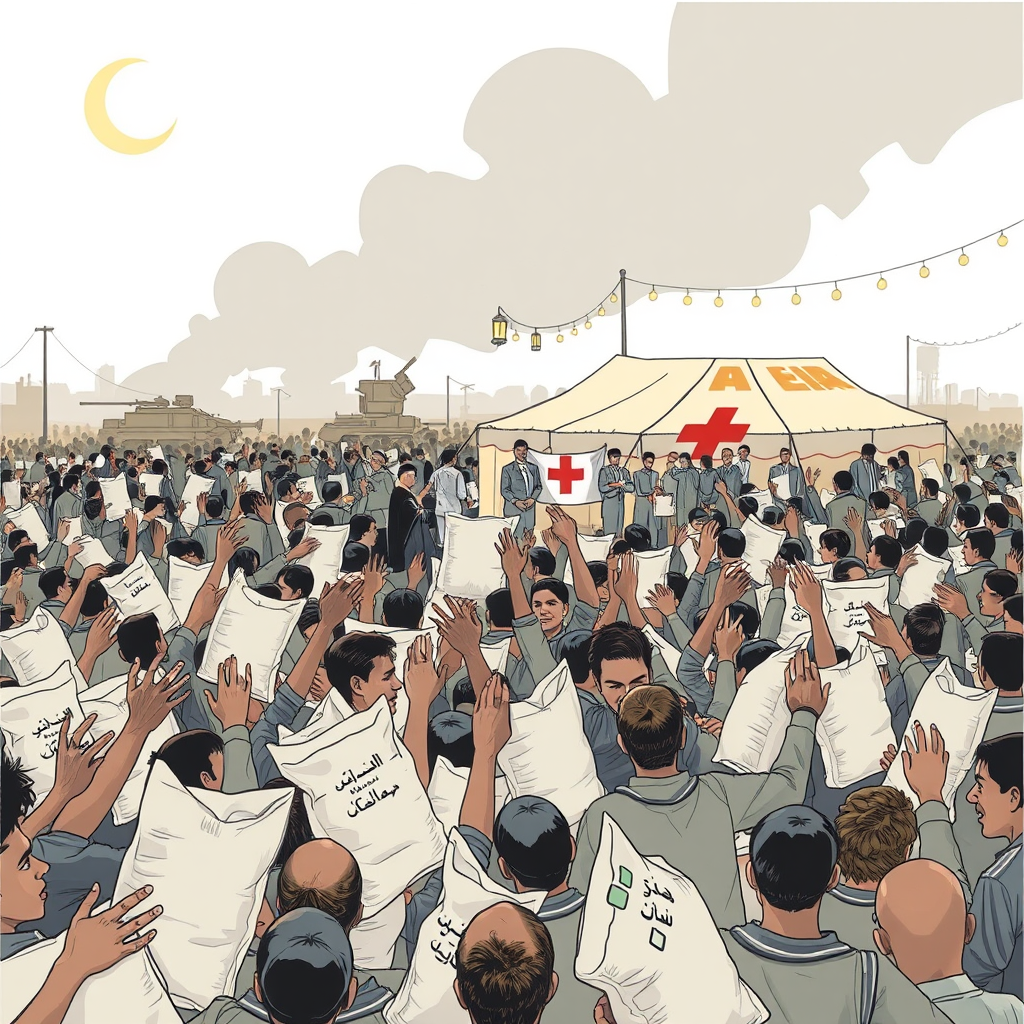Gaza Aid Suspended Amid Deadly Chaos and Violence

The Gaza Humanitarian Foundation’s (GHF) aid distribution program is in crisis, plagued by deadly incidents and raising serious questions about the feasibility of delivering humanitarian assistance safely within the besieged territory. This week saw the GHF repeatedly halt operations at its distribution centers following multiple deaths of Palestinians attempting to access aid, a situation that underscores the perilous conditions facing civilians and the complex challenges of providing relief amidst ongoing conflict.
The GHF, a U.S.-based organization backed by Israel and the United States, was tasked with overseeing aid distribution following an 11-week blockade imposed by Israel. While aid was eventually permitted, the initial quantities were deemed insufficient by the United Nations. The program’s launch was immediately marred by controversy, with the foundation’s lead resigning citing concerns about adhering to humanitarian principles.
The escalating violence at aid hubs reached a critical point this week. On June 1st, 31 Palestinians were killed near an aid distribution site, with reports indicating Israeli soldiers opened fire. The Israeli Defense Forces (IDF) denied targeting civilians, but CNN reported that evidence – including the type of weaponry and rate of fire – suggested IDF involvement. Subsequent days saw further deaths, with at least 27 killed on Tuesday alone, many suffering from gunshot wounds. The Red Cross reported its field hospital in Khan Younis was overwhelmed with casualties.
The GHF repeatedly suspended operations, warning civilians to stay away from aid sites for their safety. This cycle of closure and violence has created a desperate situation for Gaza’s population, with over 640,000 Palestinians displaced since March, many now facing the agonizing choice between starvation and risking their lives to access meager food supplies.
The situation is particularly troubling given the lack of independent monitoring on the ground. Casualty figures, primarily sourced from Gaza’s Health Ministry, are likely undercounts, according to a recent study published in The Lancet. The ongoing conflict, triggered by the Hamas attack on Israel on October 7th, has resulted in over 54,600 Palestinian deaths, according to the same source.
Beyond the immediate violence, the aid distribution system itself appears deeply flawed. Reports indicate a lack of equitable distribution, with stronger individuals able to secure more resources, leaving the vulnerable behind. The cost of basic necessities has skyrocketed, with staples like flour, butter, and eggs becoming unaffordable for many.
The impending Eid Al Adha festival offers a stark contrast to the grim reality on the ground. While traditionally a time for celebration and generosity, this year’s Eid is marked by loss, fear, and desperation.
The current situation demands a fundamental reassessment of the aid delivery mechanism. The GHF’s program, as currently structured, is unsustainable and places civilians at unacceptable risk. A truly humanitarian response requires ensuring the safety and dignity of those receiving aid, equitable distribution of resources, and independent oversight to ensure accountability. The international community must prioritize the protection of civilians and work towards a lasting solution that addresses the root causes of this crisis. The current approach, relying on a militarized humanitarian system, is failing and exacerbating the suffering of Gaza’s population.